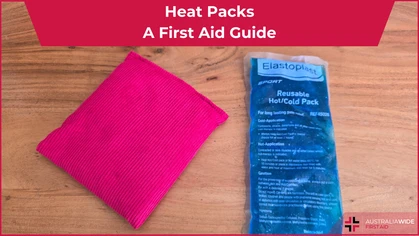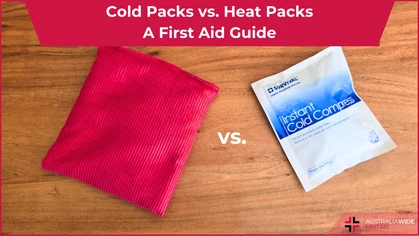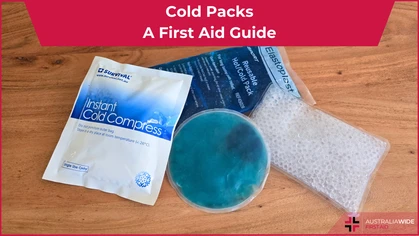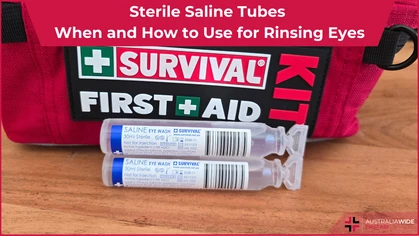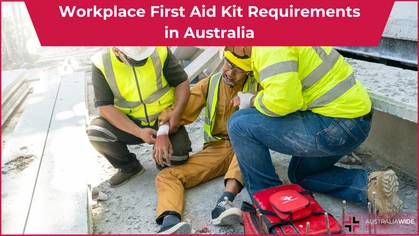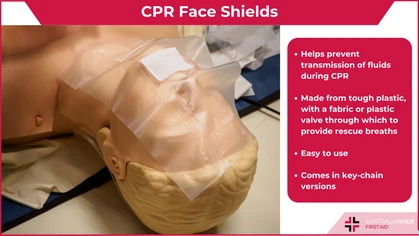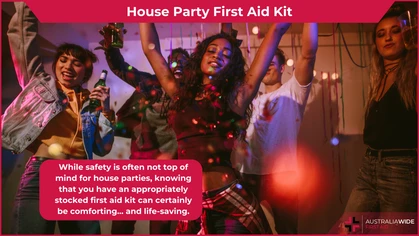How to find a defibrillator

First Aid Equipment
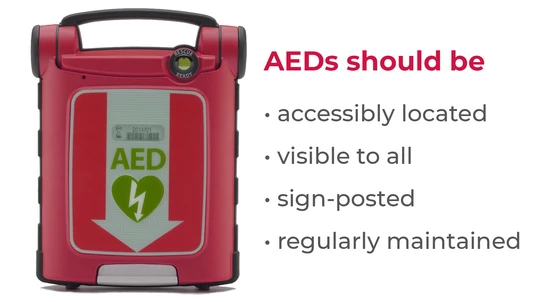
Access to a defibrillator often depends on the host location's opening and closing times.
An AED can improve the chance of survival for a sudden cardiac arrest victim by as much as 90%. Without a defibrillator, the odds of survival drop 10% for every minute that passes. Finding a defibrillator and applying it within this 10 minute ‘window of opportunity’ can make all the difference.
Access to a defibrillator often depends on the host location's opening and closing times.
Where do I find a defibrillator?
Automated External Defibrillators are generally placed in accordance with this advice:- Nominate an accessible location, e.g. first aid station, reception desk, foyer.
- AED should be visible to all users and visitors.
- Staff, volunteers, nearby premises, are generally all made aware of AED placement.
- Signage: internationally recognised green AED signage to be used to indicate the location of the device.
- Maintenance: units should be regularly maintained as per manufacturer’s recommendations, including battery and electrode pads, ready to use.

Defibrillators can be found in public places, such as:
- Hospitals – in hospital wings or at the nursing stations
- Community Centres – in the foyer
- Schools – the school office or staff room
- Business Centres – ground floor next to evacuation plan
- Sports Clubs – in locations central to the club – behind the bar or in function rooms
- Gymnasiums – on the wall, hinged and clearly signed. Try the wall closest to the treadmills
- Shopping Centres – central locations such as information desks, management centres, cinemas, rest rooms
- Public Libraries – in the foyer
- Zoos – front office and staff rooms
Council websites are linked in the following state-ordered list:
Links to AED locators around Australia:
How does a defibrillator work?
A defibrillator aims to re-establish normal heart rhythm by delivering an electrical shock to the heart muscle. This is intended to treat ventricular fibrillation. The current is passed to the heart muscle through pair of electrodes and gel, which facilitates electrically conductivity and prevents electrical burns. The shock depolarises the cardiac muscle in an attempt to "re-align" it with the body’s natural pacemaker. To pump oxygenated blood the heart relies on electrical impulses to prompt its muscles to contract and release. The shock lasts approximately eight milliseconds and is rated anywhere between 200 volts and 1000 volts, at 360 joules, and 45 amps. Modern defibrillators use adhesive pads, whereas traditional defibrillators had metal paddle electrodes with insulated handles.What is ventricular fibrillation?
Ventricular fibrillation (VF) is a changed heart rhythm stemming from the bottom chambers of the heart. This abnormal heart rhythm is very short and frequent. A heart attack is a likely cause. Beating at over 300 beats per minute typically, VF pulses are too short to push blood from the ventricles. Without immediate intervention, the resulting low blood pressure and loss of circulation in the body can cause loss of consciousness, or death. Emergency treatment includes immediate CPR and defibrillation with an AED. Ventricular fibrillation is not the only reason a heart would need a defibrillator. Ventricular tachycardia is another common form of cardiac distress a defibrillator could correct. The chaotic heartbeats, typically at 100 or more beats a minute, don’t allow the heart chambers to properly fill with blood, reducing effective circulation.What does an AED do?
When the electrodes of an automated external defibrillator are positioned on the patient’s chests, it begins diagnosing the heart rhythms. No shock will be administered unless treatable ventricular fibrillation is detected. You don’t need training, which makes an AED a game-changer in terms of responding to out-of-hospital cardiac arrests. A defibrillator will not restart a heart that has flatlined — in asystole (ay-sis-stuh-lee). The defibrillator will work only when it detects a treatable electrical pulse. Survival rates of Sudden Cardiac Arrest victims are highest when defibrillation is administered within the first few minutes. Survival rates will improve through greater defibrillator availability and quick access to them.Defibrillation in DRSABCD
DRSABCD is the strategy used in medical emergencies for basic life support.D = Danger
Check for danger before approaching the causality. Things to check for may include live wires, exposed needles, or flammable liquids. Your safety ALWAYS comes first.R = Response
Attempt to get a response from the causality by asking them to say their name or squeeze your hand.S = Send for Help
If there is no response, now is the time to call 000. If there is other people present at the scene of accident, send someone to locate the nearest defibrillator.A = Airway
Is the airway clear? Check to make sure the causality has nothing in their mouth, such as broken teeth, food or vomit.B = Breathing
Once a clear airway is established, check to see if the casualty is breathing.C = Compressions
Commence chest compressions at a rate of 30 compressions to 2 breaths. You should be pushing at the depth of 1/3 of the victim's chest and at a rate of 100 chest compressions per minute (this will be interrupted by administering rescue breaths). See this interview regarding COVID-safe CPR.D = Defibrillator
Apply the defibrillator following the voice prompts. If emergency medical staff are there applying the defib, follow their instructions.
Originally published at
https://www.australiawidefirstaid.com.au/resources/how-to-find-a-defibrillator
as part of the Australia Wide First Aid Articles Library
